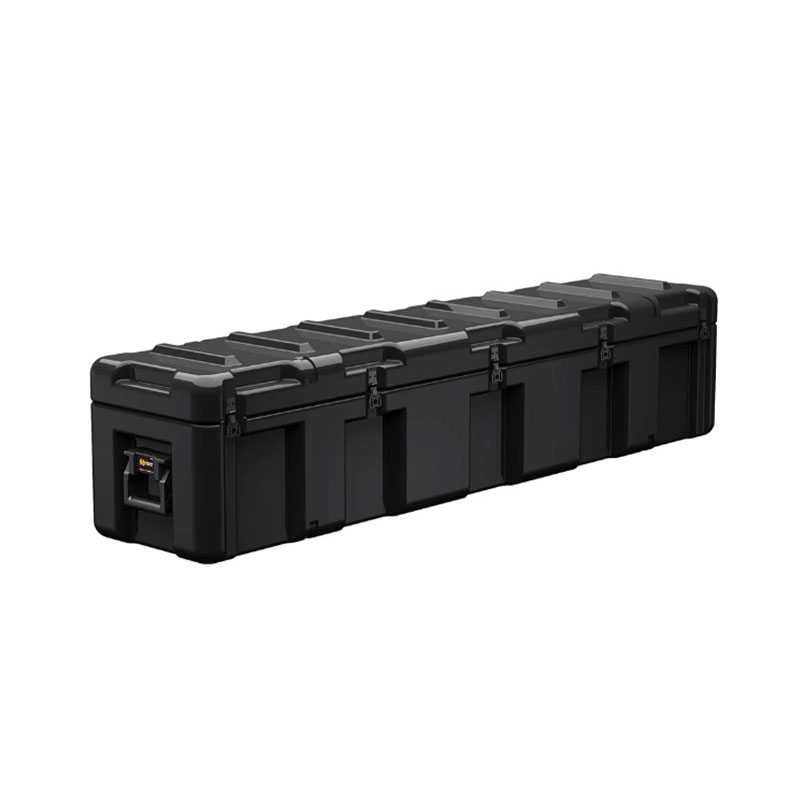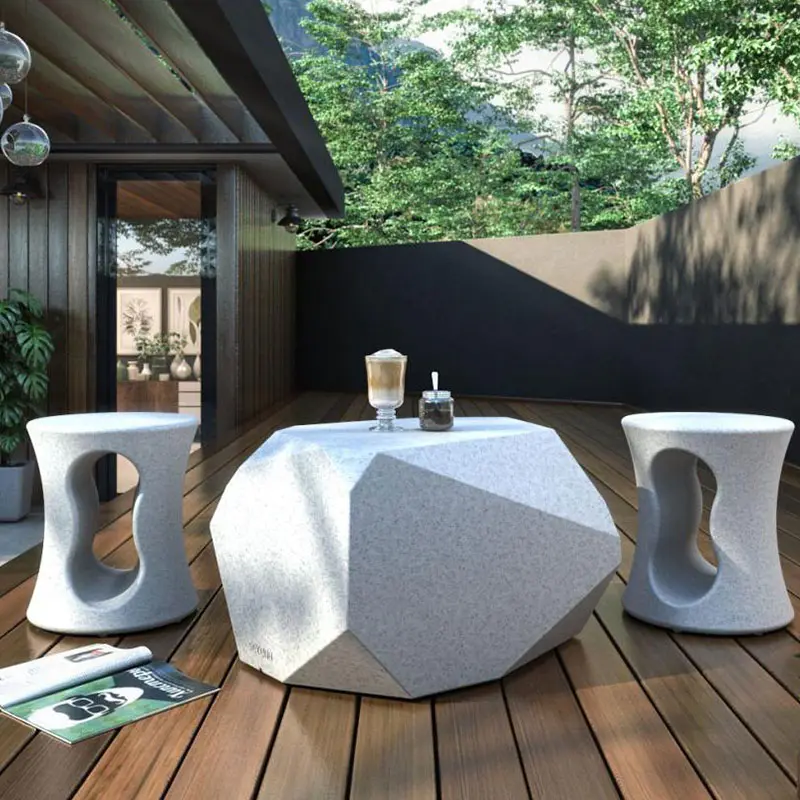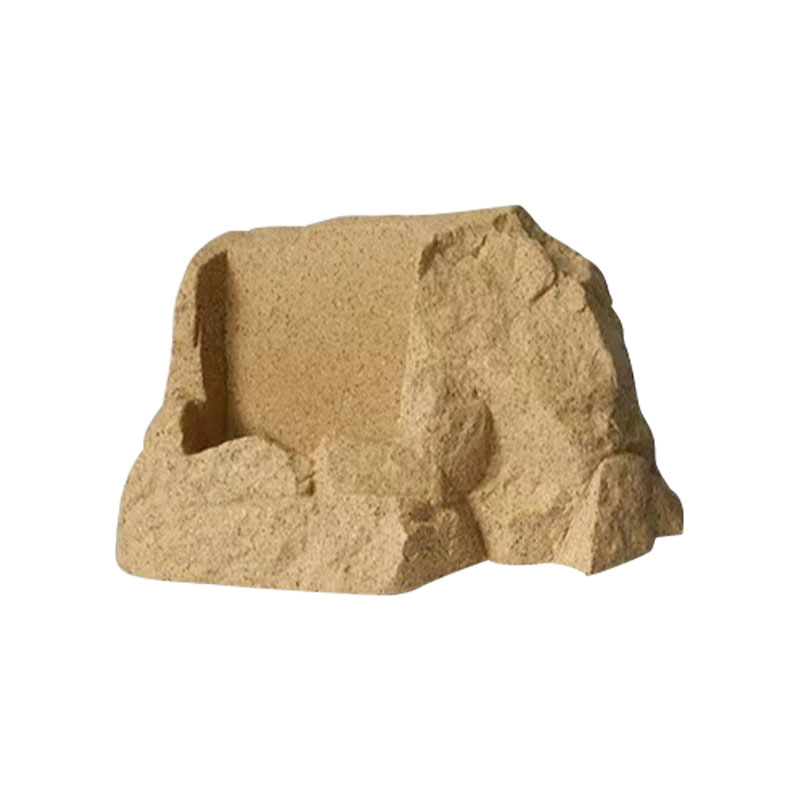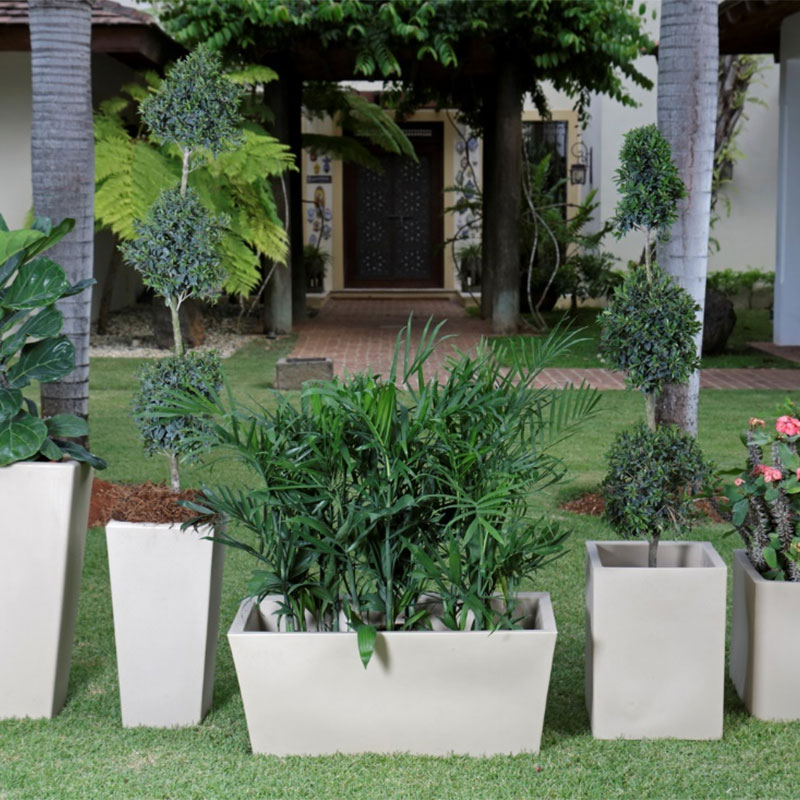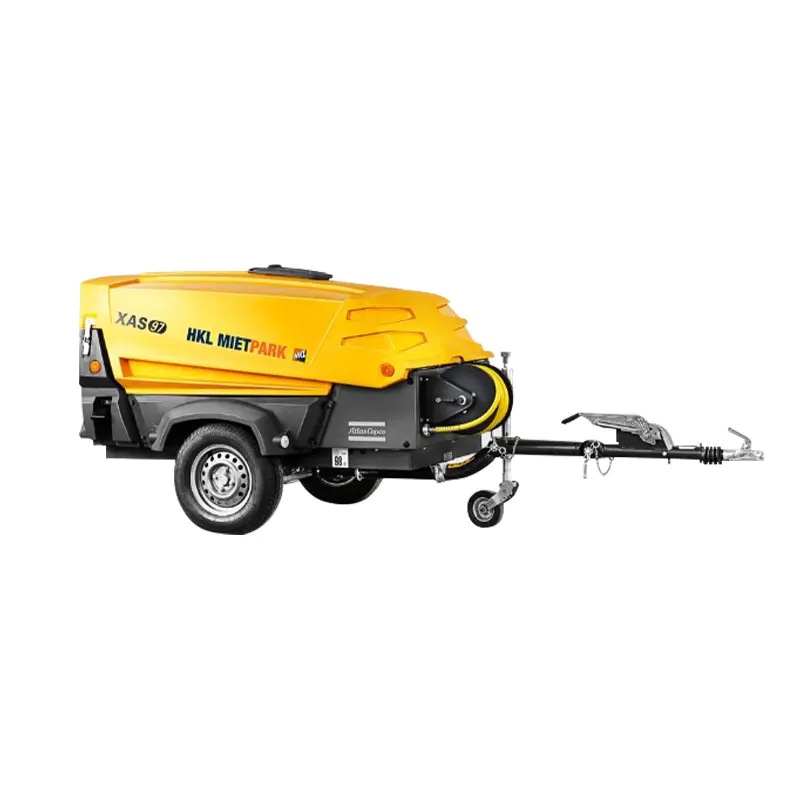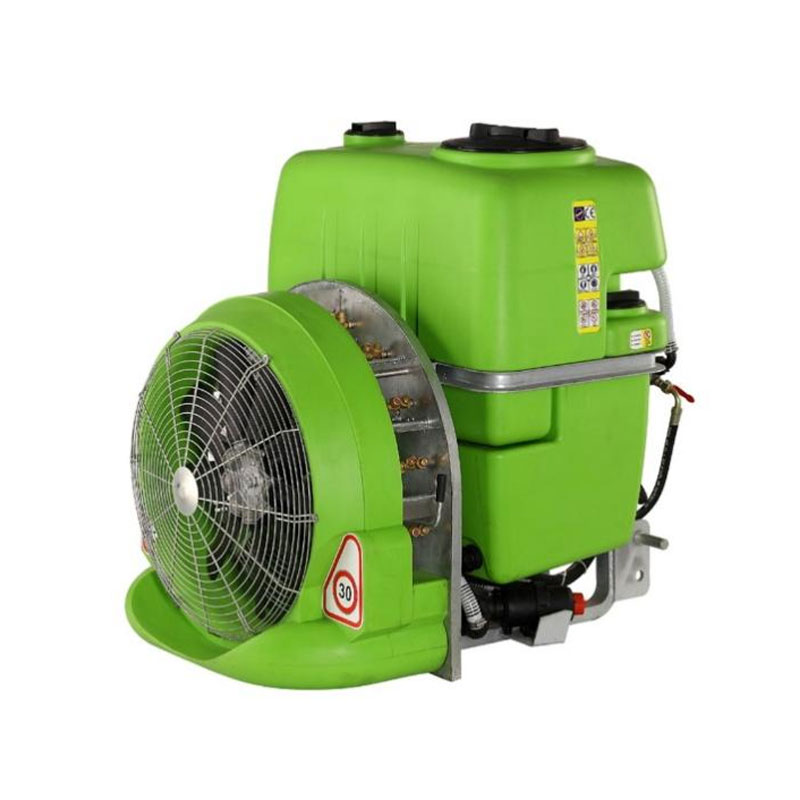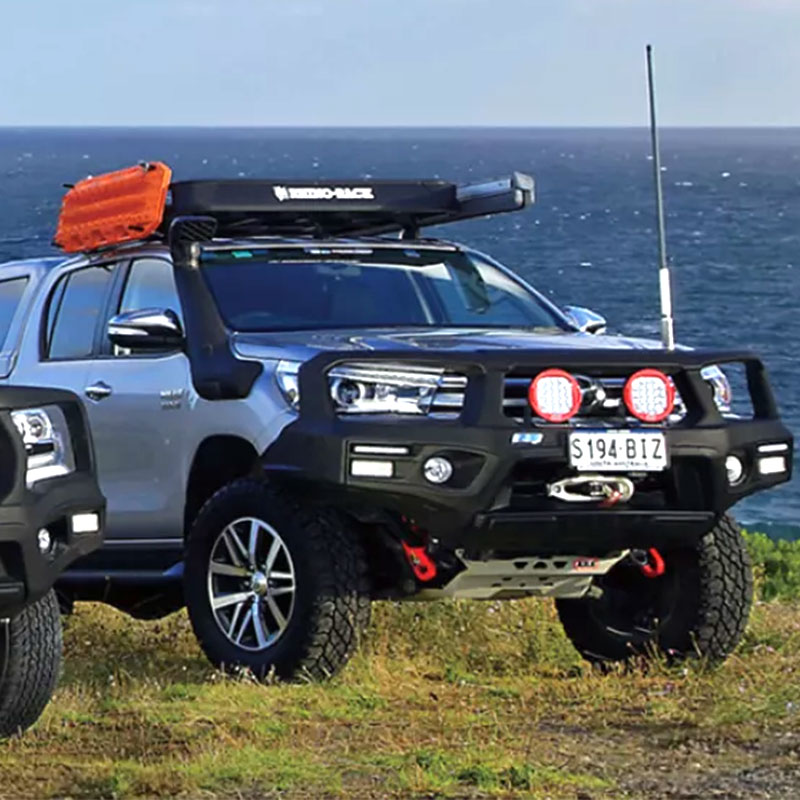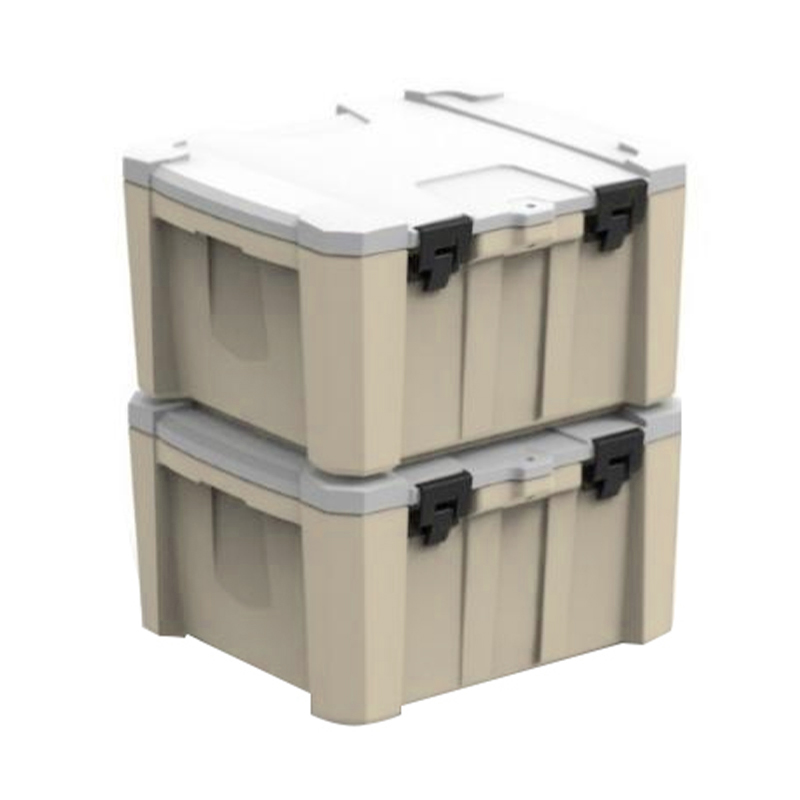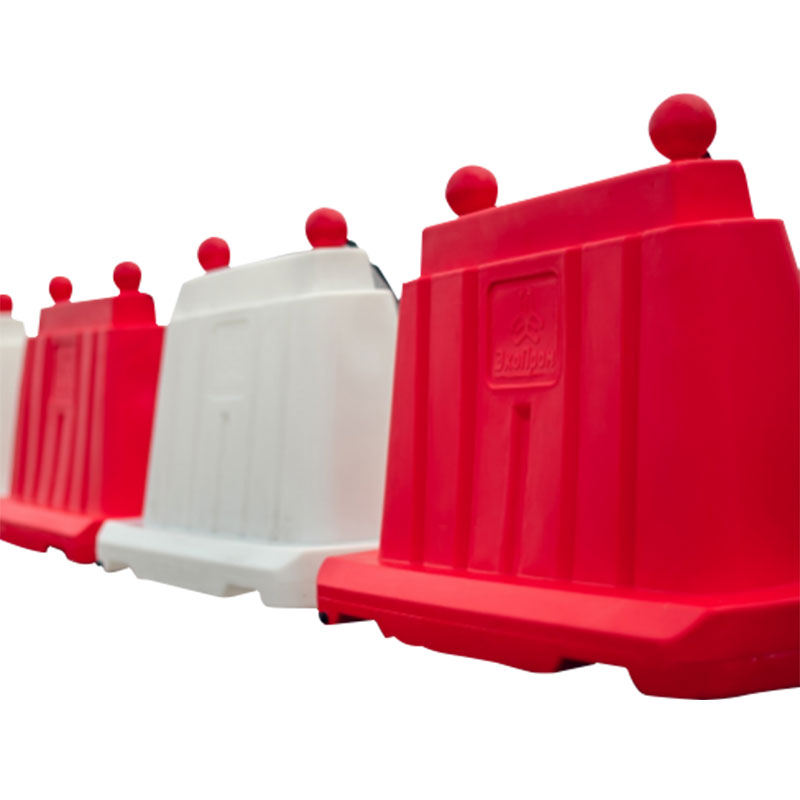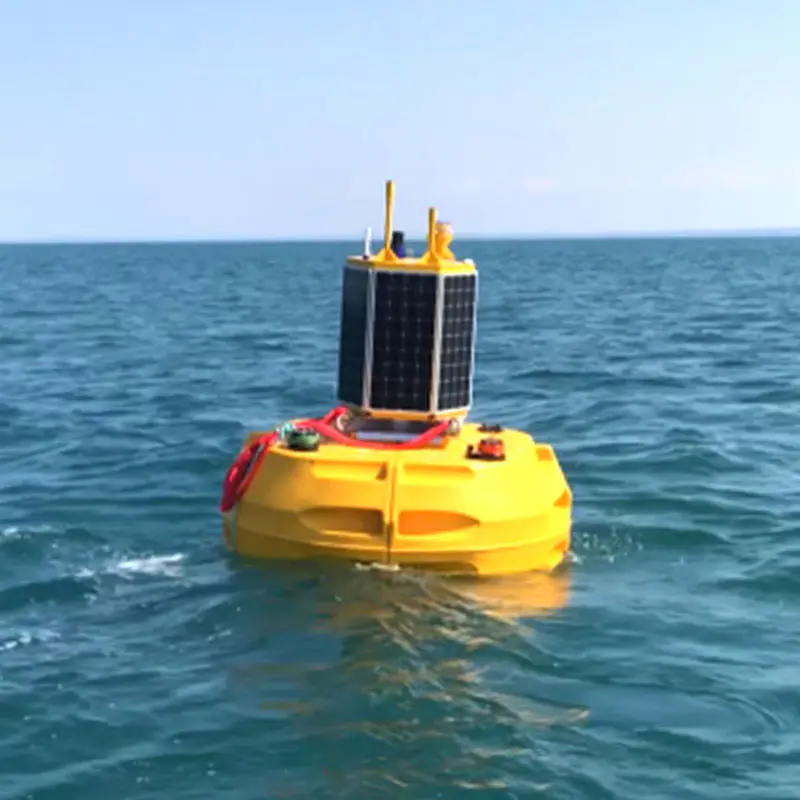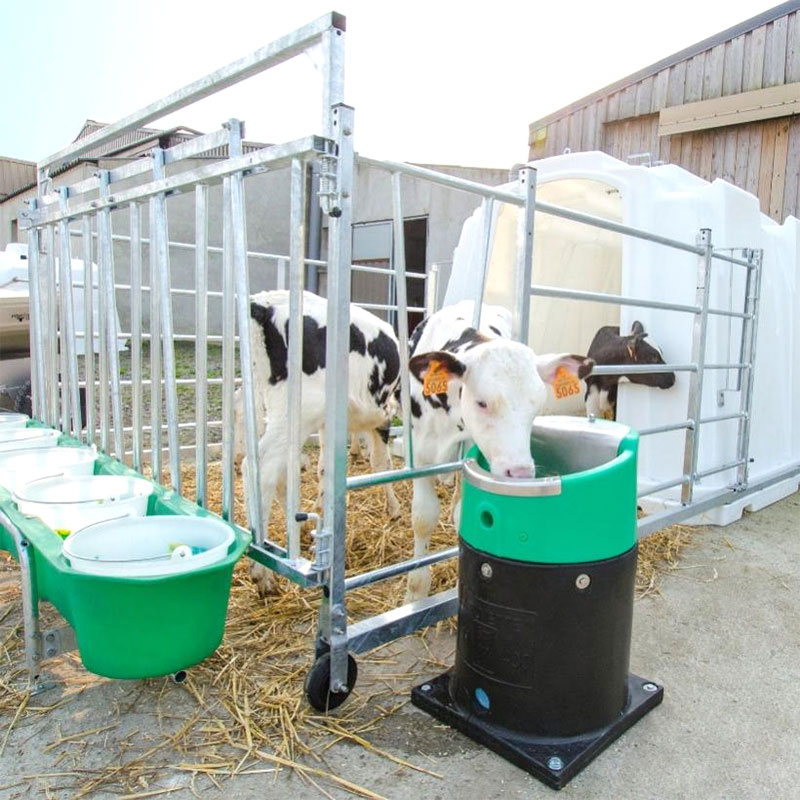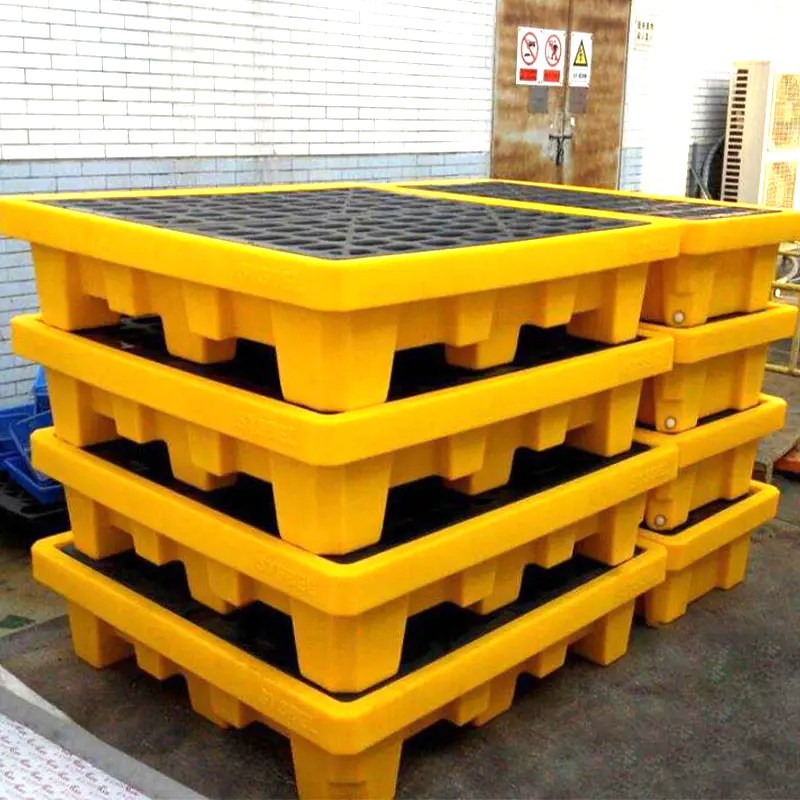The manufacturing of sports equipment demands a unique synergy of durability, safety, cost-effectiveness, and design flexibility. Among the various production techniques available, one process stands out for its ability to meet these demanding criteria across a wide range of products: the sports equipment rotational mold. This method, often shortened to rotomolding, is a cornerstone of the sporting goods industry, responsible for creating some of the most recognizable and resilient items used by professionals and enthusiasts alike.
Understanding the Rotational Molding Process
Before identifying the specific types of equipment, it is essential to understand the fundamental principles of the rotational molding process. This knowledge provides the necessary context for appreciating why it is the preferred method for so many sporting goods manufacturers and buyers.
The sports equipment rotational mold process begins with a closed mold, typically made from aluminum or steel, which is filled with a precise amount of plastic powder, most commonly polyethylene. The mold is then heated in an oven while being rotated slowly along two perpendicular axes. This biaxial rotation is the heart of the process. As the mold heats, the plastic powder inside melts and gradually coats the entire interior surface of the mold cavity, forming a uniform layer. After the heating cycle, the mold enters a cooling phase, where it is cooled by air or water spray while rotation continues. This ensures the plastic solidifies evenly into a hollow, seamless part. Finally, the mold is opened, and the finished product is removed.
The significant advantages that make this process ideal for many sports equipment applications include:
- Seamless and Stress-Free Construction: Unlike injection molding or blow molding, rotomolding creates a single-piece, seamless product. The absence of seams, which are potential failure points, results in exceptional structural integrity and impact resistance. This is a critical factor for equipment that must endure physical shocks and stress.
- Consistent Wall Thickness: The nature of the centrifugal force and the flow of the molten plastic ensure a remarkably consistent wall thickness throughout the entire product. This uniformity is crucial for predictable performance and durability, eliminating weak spots that could lead to premature failure.
- Design Flexibility and Complexity: Rotomolding is exceptionally well-suited for producing large, complex, and hollow designs that would be challenging or impossible to manufacture economically with other methods. This allows for ergonomic shapes and integrated features.
- Durability and Impact Resistance: The polyethylene resins used are inherently tough, resistant to corrosion, and excellent at absorbing impacts without cracking. This makes products highly durable against drops, collisions, and harsh weather conditions.
- Cost-Effectiveness for Large Parts: For medium to large-sized hollow items, the tooling costs for rotomolding are generally lower than for other molding processes, making it an economically viable option for a wide range of products.
These inherent characteristics directly answer the buyer’s search for “durable plastic sports equipment” and “impact-resistant recreational products,” establishing why the sports equipment rotational mold is such a fundamental technology.
Major Categories of Rotationally Molded Sports Equipment
The application of rotational molding spans numerous sporting disciplines. The following categories represent the most common and significant types of equipment produced using this method.
Water Sports Equipment
The marine environment is particularly punishing, demanding equipment that is rugged, weatherproof, and buoyant. Rotomolding excels in this sector, producing some of its most iconic products.
Kayaks and Canoes are arguably the most recognizable applications of the sports equipment rotational mold. The process is ideal for creating the large, hollow, and complex hull structures of these watercraft. The seamless construction is vital for watertight integrity, while the inherent impact resistance allows the kayak to withstand collisions with rocks, logs, and other obstacles without compromising its structure. Furthermore, the plastic materials used are highly resistant to UV degradation and the corrosive effects of fresh and saltwater, ensuring a long service life. The design flexibility also allows for the integration of features like built-in storage hatches, footrests, and seat attachments directly into the hull. For buyers, keywords like “rotomolded kayak durability” and “plastic canoe advantages” are directly tied to these benefits.
Stand-Up Paddleboards (SUP) have become another major product category. Rotomolded SUPs are prized for their exceptional durability and are often marketed as “indestructible” compared to their inflatable or fiberglass counterparts. They are ideal for rental operations, beginners, or use in rocky rivers where scratches and impacts are inevitable. The rotomolding process allows for the creation of a rigid, stable platform with a non-slip texture that can be molded directly onto the deck. This makes the sports equipment rotational mold a key technology for producing reliable and low-maintenance water sports gear.
Other common water sports items include:
- Small Boats and Dinghies: Used as tenders or for fishing, their rotomolded construction makes them virtually unsinkable and easy to maintain.
- Rowing Tanks: Used for indoor training, their robust construction can handle constant use in a controlled environment.
- Buoys and Marine Markers: Their durability and floatation properties are essential for navigation and safety.
Field and Court Equipment
This category encompasses a wide range of equipment used in team sports, playgrounds, and recreational facilities, where public use demands extreme durability and safety.
Portable Soccer Goals are a prime example. Unlike their metal counterparts, which can rust, have sharp edges, and require assembly, rotomolded goals are typically a single-piece, hollow construction. This makes them lightweight for portability yet stable when weighted down. Their plastic construction eliminates the risk of rust and reduces the severity of impact injuries. The sports equipment rotational mold process allows for the goals to be nested inside one another for efficient storage and shipping, a significant logistical advantage for wholesalers and facilities managers. This addresses key industry needs for “low-maintenance sports field equipment” and “safe playground structures.”
Skateboard Ramps and Park Features are also frequently rotomolded. The process can create complex transitions, quarter pipes, and funboxes with a consistent, smooth surface that is ideal for skating. The high impact resistance withstands the constant pounding of skateboard trucks and wheels, as well as the occasional fall of the rider. The weatherproof nature means these ramps can be permanently installed outdoors without deteriorating, making them a cost-effective long-term investment for public parks. The search term “commercial grade skatepark equipment” is directly linked to products born from the sports equipment rotational mold.
Further applications in this category include:
- Battery Covers for Electronic Scoreboards: Durable, weatherproof housings that protect sensitive electronics.
- Equipment Covers and Bases: For baseball and other sports, providing protection and stability.
- Temporary Barrier Systems: Used to manage crowds and define boundaries at sporting events.
Fitness and Gym Equipment
In the high-traffic environment of gyms and recreational centers, equipment must withstand constant use, impact, and exposure to moisture and cleaning chemicals. Rotomolding meets these challenges effectively.
Weight Benches and Aerobic Steps benefit greatly from the process. A rotomolded bench is incredibly robust, capable of supporting heavy weights without cracking or deforming. The seamless design is not only strong but also easy to clean and sanitize, a crucial factor in shared fitness spaces. The texture of the plastic can be formulated to provide a non-slip surface, enhancing user safety. Similarly, aerobic steps made via rotomolding are durable enough to withstand repeated jumping and stepping, and their hollow structure often allows for adjustable height by adding or removing end caps.
Lockers and Storage Bins are ubiquitous in sports facilities. Rotomolded lockers are resistant to dents, scratches, and moisture, unlike their metal counterparts. They will not rust in humid locker room environments, making them a maintenance-free option. Their structural integrity allows for secure storage of personal belongings. The same principles apply to large storage bins for equipment like balls, mats, and helmets, answering the buyer’s query for “industrial strength gym storage solutions.” The role of the sports equipment rotational mold in creating these workhorse products is indispensable for facility operators seeking longevity and low total cost of ownership.
Winter Sports Equipment
While not as extensive as other categories, rotational molding has found important niches in winter sports, primarily where durability and buoyancy are paramount.
Sleds and Toboggans are commonly produced using this method. A rotomolded sled is virtually unbreakable under normal use conditions, able to glide over rough, icy terrain without cracking. The process allows for the creation of ergonomic designs with high sides for safety and integrated handles. Their strength and longevity make them a superior choice for public sledding hills and rental operations compared to older materials like wood or thin plastic.
Ice Fishing Sleds and Gear Boxes are another significant application. These sleds are designed to be pulled across frozen lakes, carrying heavy gear. Their impact resistance is critical for traversing uneven ice. Many are designed with a sports equipment rotational mold to include integrated compartments and holders for fishing rods, augers, and other equipment, creating a organized and rugged transport system. The material’s performance in extreme cold is a key factor, as it remains flexible and impact-resistant even at very low temperatures.
Niche and Specialized Applications
The flexibility of the process also allows for the production of more specialized equipment.
- Equestrian Equipment: Jump standards and cavaletti made via rotomolding are safe, durable, and weatherproof, reducing the risk of injury to horses if struck.
- Golf Cart Components: Storage compartments and body panels benefit from the durability and aesthetic finish possible with rotomolding.
- Physical Therapy and Rehabilitation Tools: Items like balance boards and therapy steps require the safe, robust, and seamless qualities that this process provides.
The following table summarizes the primary categories and their key rotomolded products:
| Category | Common Products | Key Rotomolding Benefit |
|---|---|---|
| Water Sports | Kayaks, Canoes, SUPs, Dinghies | Seamless watertight integrity, impact resistance, buoyancy |
| Field & Court | Soccer Goals, Skate Ramps, Barriers | Extreme durability for public use, safety, weather resistance |
| Fitness & Gym | Weight Benches, Lockers, Storage Bins | Structural strength for heavy loads, hygiene, low maintenance |
| Winter Sports | Sleds, Toboggans, Ice Fishing Sleds | Performance in low temperatures, high impact resistance |
| Niche Applications | Equestrian Jumps, Golf Cart Parts | Design flexibility for specialized, durable shapes |
The Business Case for Sourcing Rotomolded Sports Equipment
For wholesalers, retailers, and large-scale buyers, understanding the value proposition of rotomolded goods is crucial for inventory and procurement decisions. The advantages extend beyond the physical product to encompass economic and logistical benefits.
Long-Term Durability and Reduced Replacement Costs. The primary business case for the sports equipment rotational mold lies in the extended product lifecycle. Equipment that does not crack, rust, or break under normal use significantly reduces the frequency of replacement. This is especially critical for high-traffic environments like public parks, school districts, and commercial gyms, where equipment failure is not just a cost but also a safety and liability issue. Investing in rotomolded products translates to a lower total cost of ownership over time, a key metric for any procurement professional. This directly responds to industry search terms like “long-lasting sports facility equipment.”
Low Maintenance and Operational Simplicity. Rotomolded products require very little upkeep. They do not need painting, as the color is mixed throughout the plastic material. They are corrosion-resistant and can be cleaned easily with soap and water. This reduces the ongoing labor and material costs associated with maintenance crews, making them an operationally efficient choice. For a buyer, the appeal of “maintenance-free recreational products” is a powerful motivator in the selection process.
Logistical and Storage Advantages. The design flexibility of rotomolding often incorporates features that aid in logistics. The ability to nest products like goals or sleds inside one another dramatically reduces the required storage space and shipping volume. This can lead to substantial savings in warehouse costs and freight charges, improving the overall profitability of the product line for wholesalers. When evaluating a sports equipment rotational mold product, its stackability and nestability are practical features that have a direct impact on the bottom line.

 English
English 中文简体
中文简体 русский
русский Español
Español